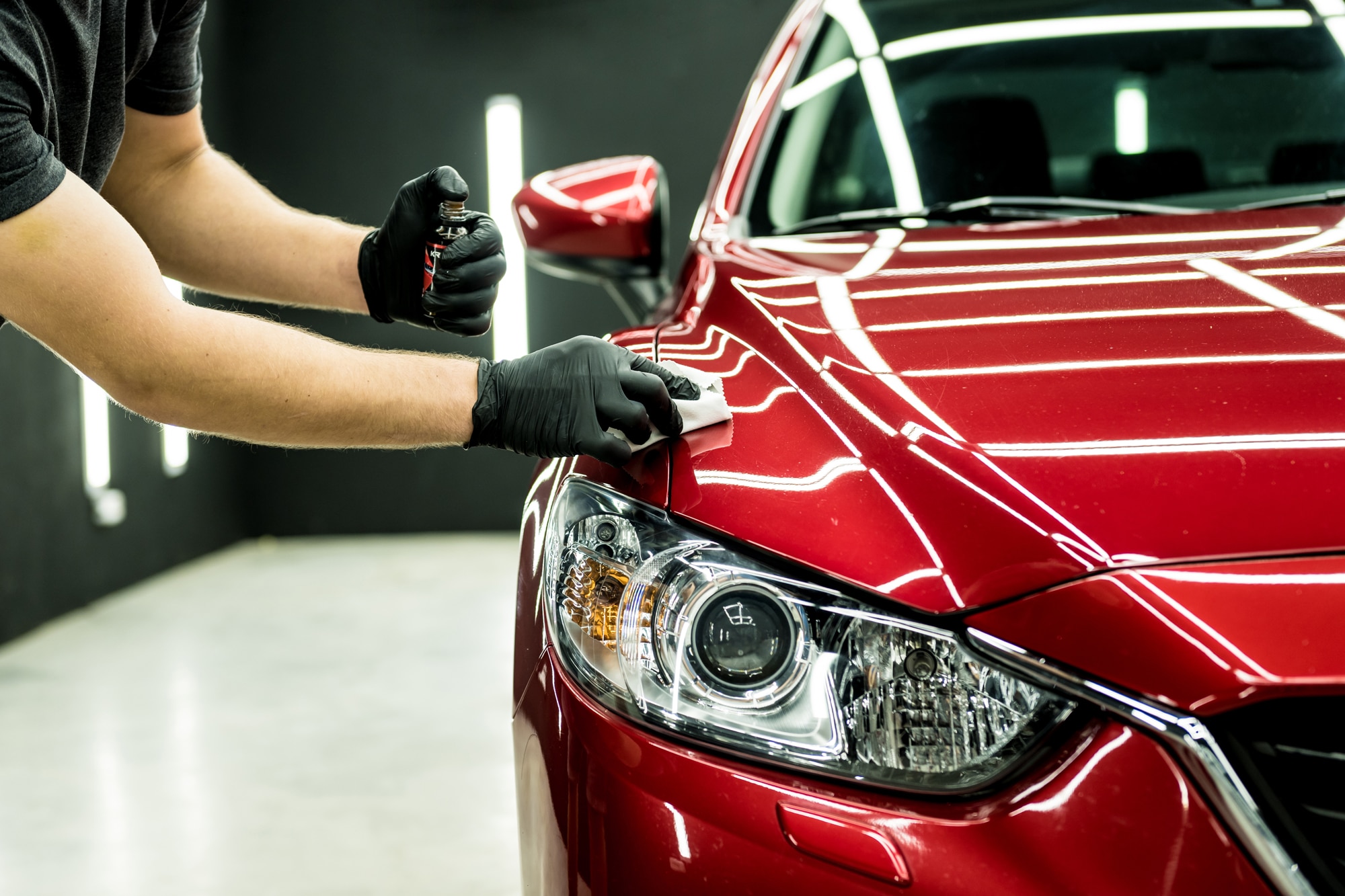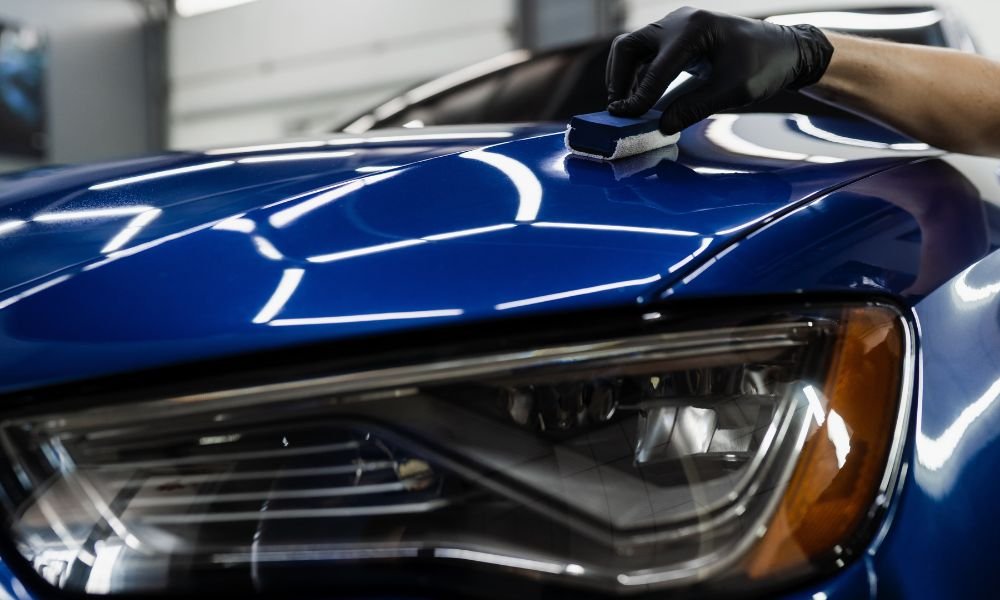Choose long-lasting ceramic coating Sarasota for a glossy finish.
Choose long-lasting ceramic coating Sarasota for a glossy finish.
Blog Article
A Comprehensive Overview to the Sorts Of Ceramic Finishing on the marketplace
Ceramic finishes have actually emerged as a pivotal service across numerous industries due to their special residential or commercial properties and applications. As we explore the unique qualities and applications of these finishes, the implications for performance and longevity become significantly noticeable, elevating inquiries regarding which type could best suit your needs.
Understanding Ceramic Coatings
Ceramic coatings are innovative safety solutions that have actually obtained popularity in different industries, particularly in automotive and aerospace applications. These finishes are composed of a liquid polymer that, when healed, develops a resilient, hydrophobic layer on the surface of the substrate. This layer gives boosted resistance to ecological contaminants, UV radiation, and chemical direct exposure, thus expanding the life and visual appeal of the underlying product.
The basic component of ceramic finishes is silica, which adds to their hardness and longevity. The application process typically includes surface prep work, application of the coating, and healing, which can be accomplished with warmth or UV light. When cured, ceramic layers exhibit exceptional bonding residential or commercial properties, permitting them to stick highly to a range of surfaces, consisting of metals, plastics, and glass.
In addition to their safety attributes, ceramic coverings also use ease of upkeep. Their hydrophobic nature decreases the adherence of dirt and gunk, making cleaning less complex and less constant. Generally, the adoption of ceramic layers represents a substantial innovation in surface area defense modern technology, giving both functional and visual benefits across numerous markets.
Sorts Of Ceramic Coatings
Different kinds of ceramic coverings are offered, each created to fulfill specific performance needs and applications - Paint Protection Film. One of the most typical types consist of:
Silica-based Coatings: These coatings primarily include silicon dioxide and are understood for their resilience and chemical resistance. They are commonly made use of in vehicle and industrial applications.
Titanium Dioxide Coatings: Popular for their photocatalytic homes, titanium dioxide coatings are commonly applied in atmospheres where self-cleaning and antifungal buildings are desirable, such as in structure materials and automobile surfaces.
Zirconia Coatings: Characterized by their high-temperature security and thermal resistance, zirconia finishes are made use of in applications such as generator engines and high-performance auto parts.
Alumina Coatings: Exhibiting outstanding firmness and thermal security, alumina finishings are often made use of in wear-resistant applications, consisting of reducing devices and industrial machinery. - Car Detailing
Crossbreed Coatings: Incorporating the buildings of various products, crossbreed layers use improved efficiency characteristics, making them appropriate for special and demanding applications.
Each type of ceramic layer serves distinctive functions, permitting individuals to pick one of the most appropriate service based upon specific ecological problems and performance needs.
Benefits of Ceramic Coatings
Ceramic coatings, in certain, offer countless advantages that make them progressively preferred amongst manufacturers and customers alike. These finishes are resistant to scratches, chemicals, and UV rays, making sure that the underlying surface continues to be secured over time.
In addition to longevity, ceramic coatings offer excellent hydrophobic residential or commercial properties, enabling for simple cleaning and maintenance. This water-repellent nature minimizes the adherence of dust, grime, and various other contaminants, which can lengthen the aesthetic charm and capability of the surface area. Moreover, ceramic layers can dramatically boost thermal resistance, making them excellent for applications that other endure high temperature levels.

Application Process
When applying ceramic finishes, a meticulous technique is necessary to accomplish ideal results. A clean surface area makes sure correct attachment of the covering.
Once the surface is prepped, the next step is to use the ceramic covering. The finishing needs to be applied in slim layers, as thicker applications can lead to unequal coatings.
After application, the covering requires a particular treating time, generally varying from a couple of hours to a complete day, relying on the item. During this moment, it is essential to stay clear of direct exposure to dampness or contaminants. A mild buffing may be needed after treating to improve the gloss and get rid of any kind of high areas. Following these actions vigilantly will optimize the effectiveness and long life of the ceramic coating, providing a sturdy protective layer for the surface.
Maintenance and Long Life
To make certain the long life and performance of a ceramic covering, normal upkeep is necessary. Ceramic finishings, recognized for their resilience and safety top qualities, call for specific care regimens to optimize their lifespan and performance.
In enhancement to routine washing, regular inspections are vital. Look for signs of wear or damage, such as hydrophobic properties reducing or surface area blemishes. If necessary, a light gloss may be used to revitalize the finishing without removing it away.
Furthermore, the application of a booster spray can enhance the covering's hydrophobic effects and restore its gloss. This is especially valuable for coatings that have actually remained in use for an extensive duration. Ultimately, by adhering to these their explanation maintenance practices, one can substantially expand the life of a ceramic covering, guaranteeing that it remains to offer optimal security against ecological aspects and maintain the visual appeal of the vehicle.
Conclusion

Report this page